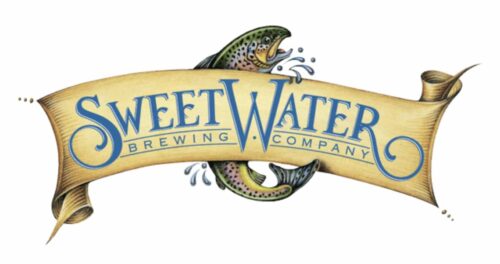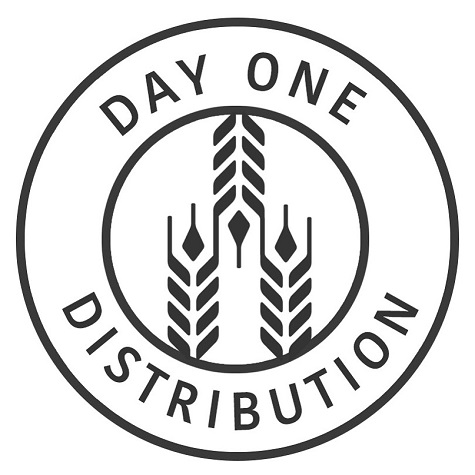
I am not a worrier by nature. Or maybe, I am just saving my worry for the appropriate time. Which is why when the Doom & Gloom club proclaims a craft beer bubble, I usually don’t run out and man the barricades.
Dire warnings have been called when:
– Any brewery closes
– Any brewery gets bought
– The brewery count hits 2K, 3K or 4K
– Some new alcoholic beverage trend explodes (i.e. Hard Soda)
– Someone has a bad beer
What causes me concern about the craft beer industry (though not in the “world is ending” tone that many pundits use) are stories like THIS about pumpkin beer.
The reason why is that it touches on the very sore spot of distribution and of beer freshness but also chasing trends instead of creating them.
Pumpkin beers not selling is not surprising to me. There is a glut of offerings and they hit shelves out of season which plays against the image of craft beer being local and tied to the seasons. To me it looks corporate and marketing driven in a way that Guinness being pushed in February for St. Patrick’s Day doesn’t.
But what it really does is point a neon sign at the shelf and tell consumers that the beer is old in a way that an IPA that is even older (and shouldn’t be sold) can’t do. It tells a consumer that the beer wasn’t popular enough to sell and thusly might be bad. And if one craft beer is bad then how many more? This issue is not contained to pumpkin beers. I have noticed many beer selling outlets with old beer on the shelf. A Whole Foods with Rogue’s Santa’s Private Reserve in March or Vendome Wine & Spirits with a shelf of discounted beers. Reliable and beer friendly places both but holding onto beers that should not be sold.
Breweries, even small ones, can’t be expected to police what happens to the kegs, bottles and cans once they are loaded onto a truck. I certainly don’t want someone pawing through my ‘fridge to make sure that I have drunk their beer at the right time. All I can reasonably ask the brewery is to stamp the bottling date on the bottle or can where I can find it.
Who can make a difference are the distributors and retailers who should be working with the boots on the ground to keep the beers rotating. That isn’t hard for some parts of the shelf but is for others. Pumpkin beers should be off the shelves in December and holiday beers off the shelves in February. IPA’s and other beers that depend on freshness should be marked somehow to make sure that they don’t gather dust.
That type of work will be harder when distribution companies are under pressure from Industrial Water Lager corporate HQ or if there is no craft distribution network. That infrastructure is needed. Think of it as a bridge that needs to be maintained. On one side is the brewery and other side are consumers. If the bridge has a toll (or troll) or is shut down for maintenance, how does the beer get to us?
What breweries can do in these times is twofold: First, is to not pile on. (Grapefruit IPA’s anyone?) Second, is to cement the fact that breweries are local and nimble. It’s one thing to have labels approved well in advance but if you are brewing pumpkin beers in May, you should be asking yourself questions.
Next Pumpkin Ale season will be an interesting time to watch the beer shelves.







